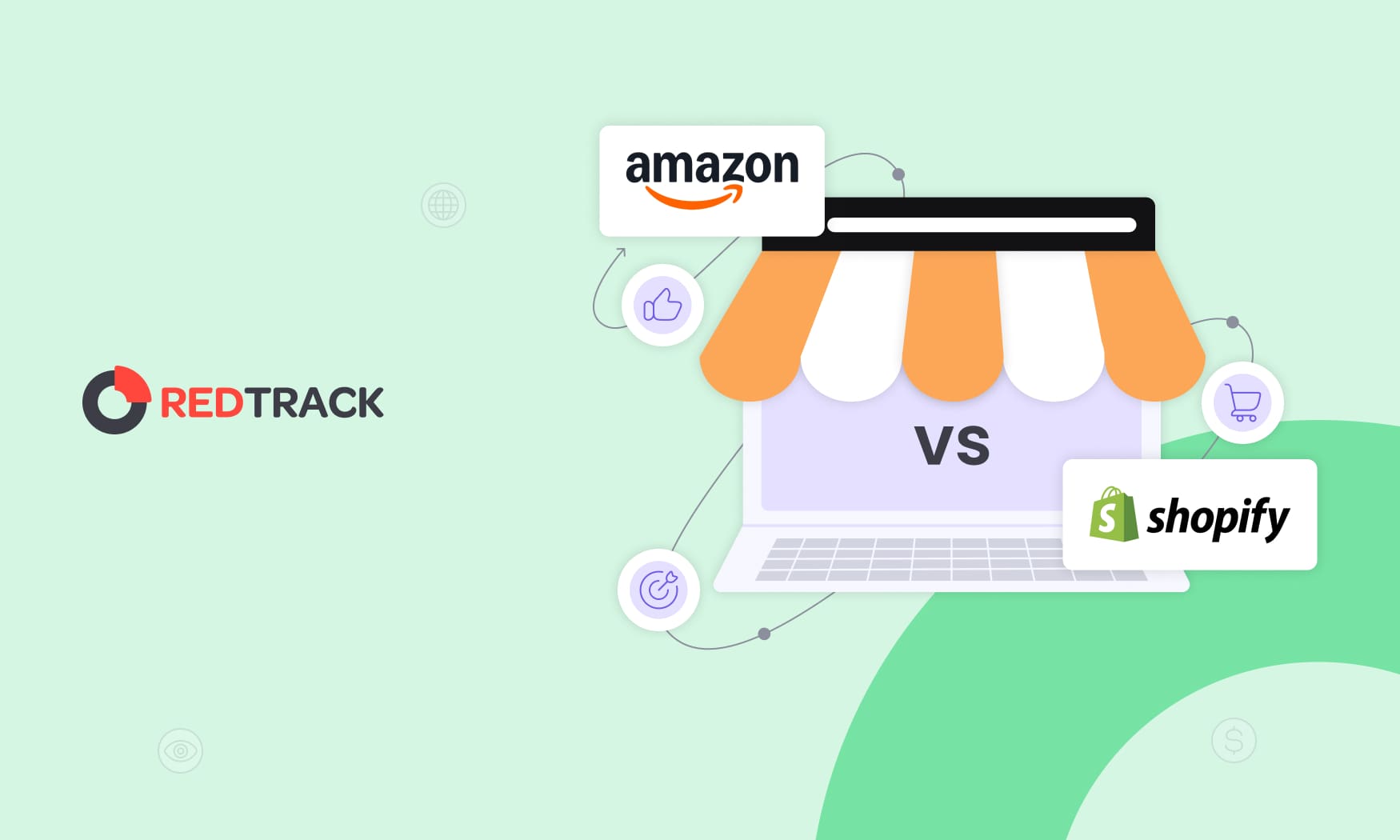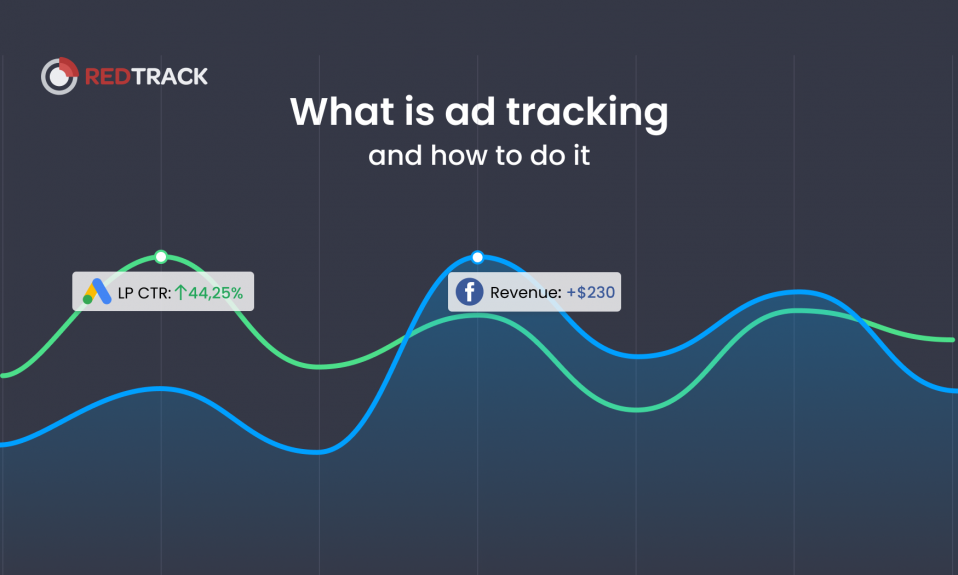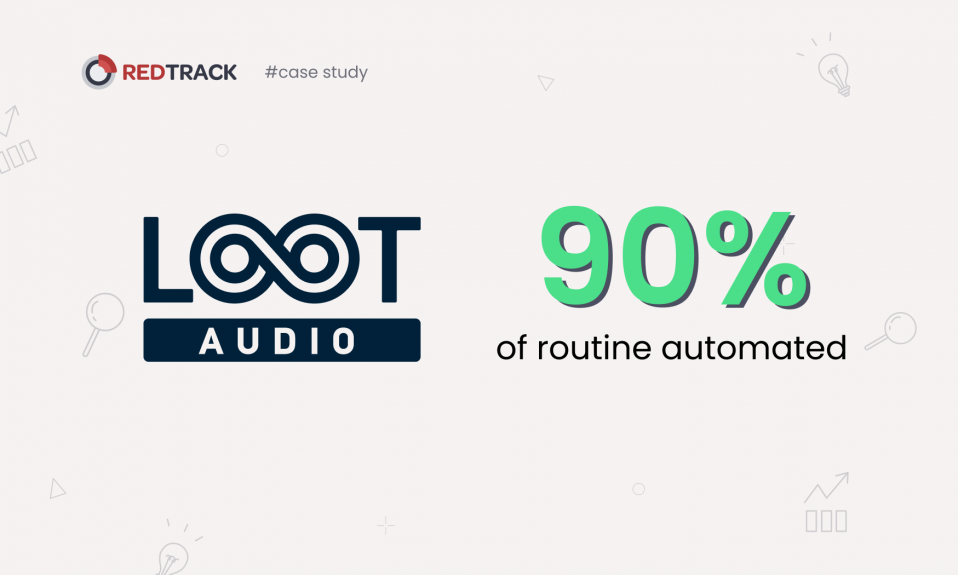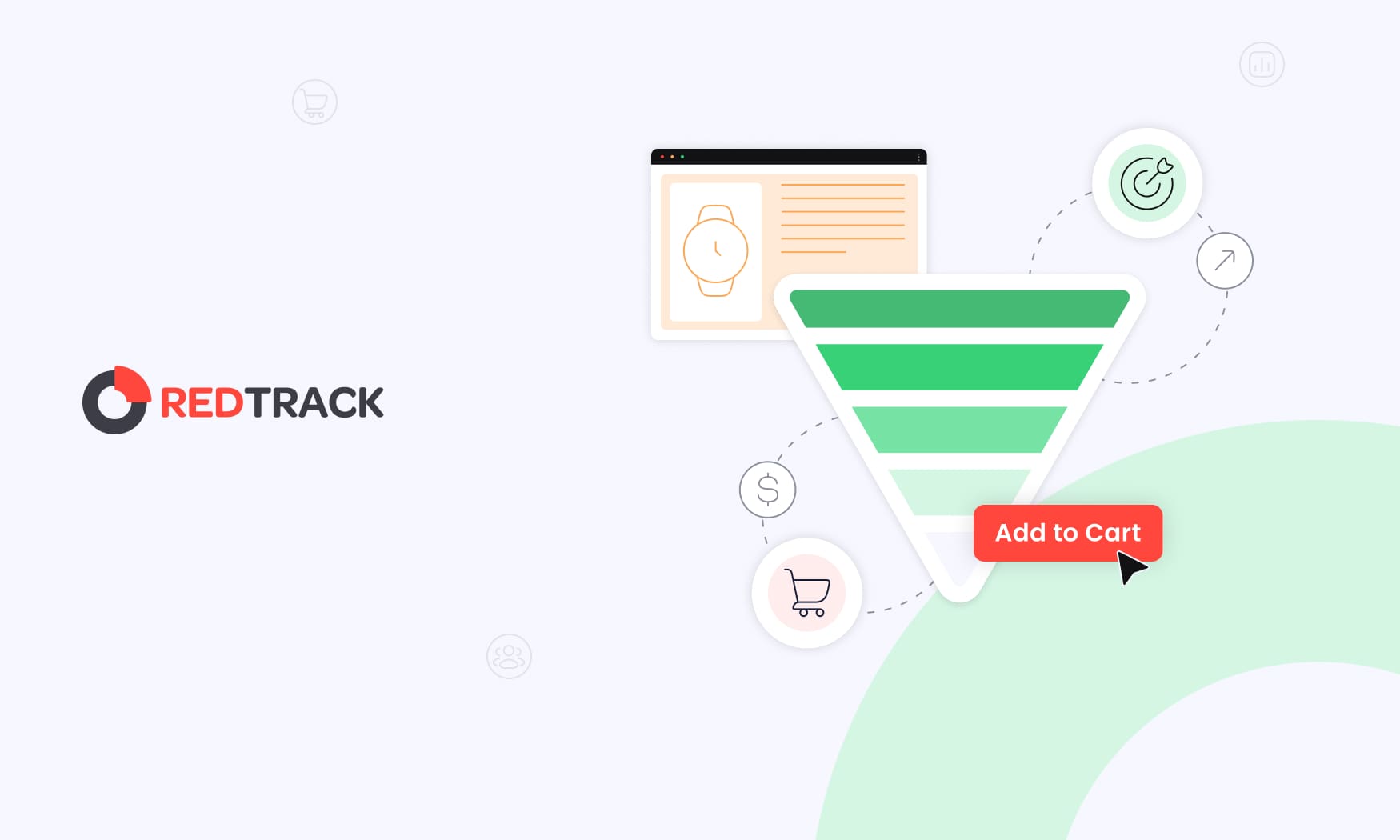
According to the numbers, your average ecommerce site converts only 1% to 4% of visitors into paying customers. Also, that same average online store loses about 8 out of 10 potential sales during the checkout process alone.
And when you read similar stats about how businesses struggle with declining online sales and rising customer acquisition costs, it all points to a paradox of sorts: your website has massive untapped potential, while at the same time dealing with stagnant revenue growth.
How is that possible? Unfortunately, this seems to be a common occurrence nowadays because a lot of ecommerce businesses, online retailers, and digital marketers are having trouble optimizing their conversion rates.
If your online business is facing the same problem, you’re in the right place, because we’re taking a closer look at why it matters in the first place, and how to increase conversion rate in commerce in only 8 steps.
Why ecommerce conversion rate optimization is important
When you are running an ecommerce business, even the slightest improvement in your ecommerce conversion rate can feel like a seismic impact on revenue. For example, increasing your conversion rate from 2% to 3% can boost revenue by 50%.
Over 80% of businesses see positive ROI from conversion rate optimization efforts, with many achieving returns that far exceed traditional marketing channels.
When implemented properly, conversion optimization can help you keep costs under control while maximizing revenue. It helps with the following:
- Better return on marketing investment: This helps not just your bottom line but also your marketing team to understand how much revenue can be generated from existing traffic. Maximizing conversions from current visitors helps improve your relationship with marketing spend.
- Reduces cart abandonment and lost sales: With conversion rate optimization, you are better equipped to identify and fix friction points in your customer journey, so that more visitors complete their purchases in a timely fashion.
- Improved customer experience: With a streamlined purchasing process, your customers can focus on finding and buying the products they want without frustration.
- Decreased customer acquisition costs: One of the main drivers of high marketing costs is the need to constantly acquire new traffic. With proper conversion rate optimization cro, you can generate more revenue from the same amount of visitors.
- Increases customer lifetime value: When your customers have a smooth, satisfying experience on your ecommerce website, they feel confident making repeat purchases and are more likely to recommend your brand to others.
- Resolves conflicts between different optimization goals: When you are running multiple campaigns and testing various elements, there is bound to be some overlap. Managing your optimization efforts enables you to circumvent issues such as conflicting tests or contradictory messaging.
- Meeting customer expectations better: Because conversion rate optimization introduces consistency and reliability, your customers will know exactly what to expect from your website and will be confident in completing their purchases every single time.
Now, let’s get onto how you should actually go about implementing the principles of conversion rate optimization in your ecommerce business.
How to increase conversion rate in ecommerce: 8 steps
There are countless ways in which conversion rate optimization can be implemented, and we already discussed advanced CRO strategies in our detailed guides, but here are the 7 essential steps every ecommerce business can implement:
1. Analyze your current conversion performance and benchmark data
Even if your ecommerce business is fairly small, determining your baseline average conversion rate can be a complex task which is complicated by things like multiple traffic sources, different product categories, as well as seasonal fluctuations in customer behavior.
Knowing your true conversion potential means understanding what your industry benchmarks are, your current performance across different segments, as well as identifying the biggest opportunities for improvement. Yes, it’s a detailed analysis in itself, but making the additional effort to understand how your website performs is worth the investment.
Here are several things you can do to understand your actual conversion potential:
- Calculate your overall conversion rate using the formula: (Total Conversions ÷ Total Visitors) × 100
- Break down conversion rates by traffic source, device type, and product category
- Compare your performance against industry benchmarks and competitors
Tools like Google Analytics can help you track these metrics and understand user behavior patterns across your ecommerce site. Also, don’t forget to account for factors like seasonal variations, marketing campaigns, and external events that might affect your baseline measurements.
Remember that what constitutes a good ecommerce conversion rate varies significantly across industries. While the average ecommerce conversion rate hovers around 1-4%, some niches achieve optimal conversion rates well above this range.
2. Optimize your website speed and mobile experience
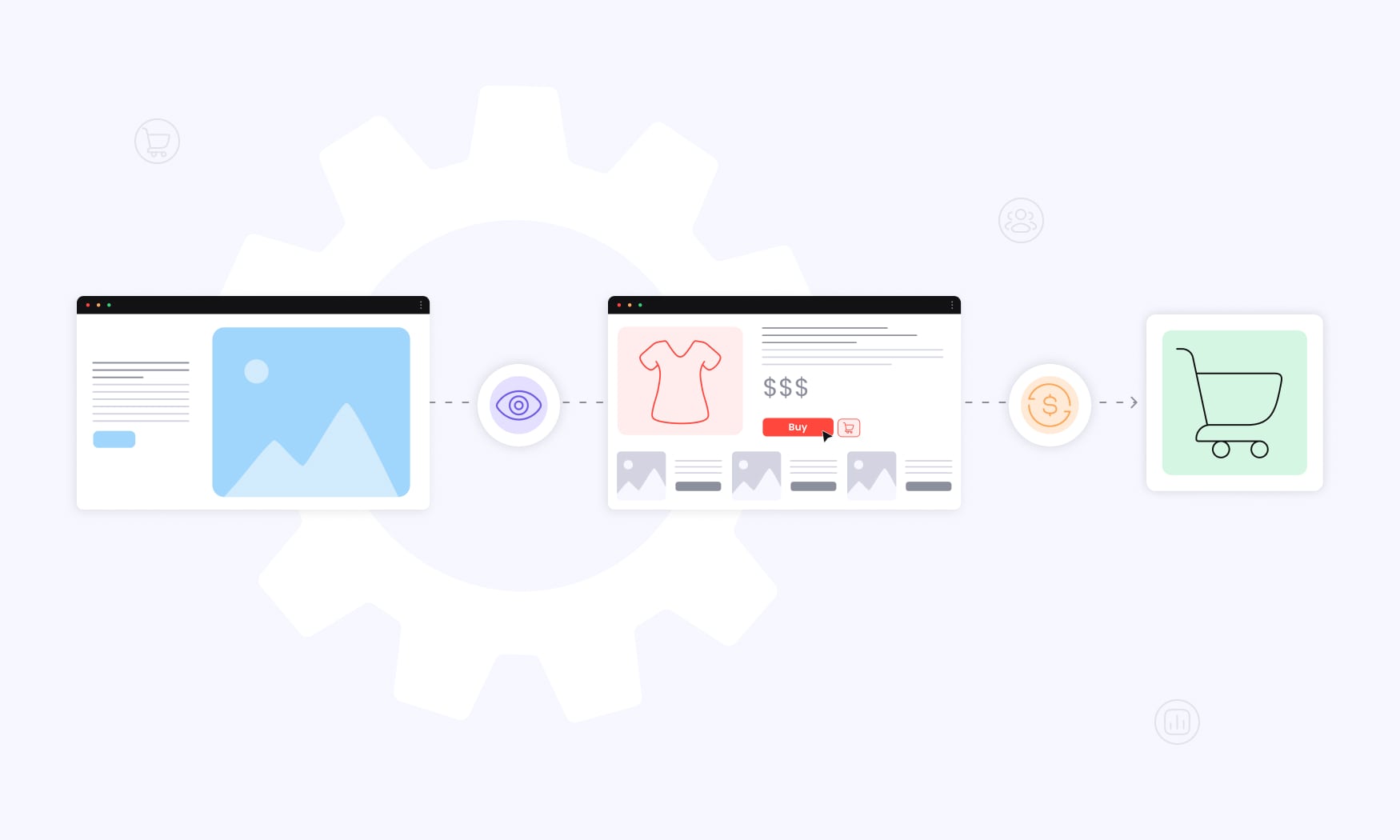
With a detailed overview of your current performance, the next step is to ensure your technical foundation supports high conversion rates. This seems deceptively simple, but you need to keep in mind that modern consumers have zero tolerance for slow or poorly functioning websites.
When you’re shopping online, how does poor website performance make you feel?
Research shows that over 40% of users abandon sites that take longer than three seconds to load. This means website speed directly impacts how many potential customers you lose before they even see your products.
Now, as far as technical optimization goes, that is an art unto itself, but in the context of conversion rate optimization, here are some strategies that have proven effective time and time again:
- Focus on the 3-second load time threshold: Prioritize page speed optimization as even a 1-second delay can reduce conversions by 7%. Implement image compression, content delivery networks, and optimized hosting solutions.
- Create mobile-first experiences: This means designing for mobile users first, considering that mobile commerce will exceed 10% of US retail sales by 2025. Ensure touch-friendly buttons, simplified navigation, and responsive design across all mobile devices.
- Test across different devices and platforms: The only reliable way to ensure consistent performance is to test your website on various devices, browsers, and connection speeds. After all, your customers access your site from many different environments, and testing helps you identify potential issues before they impact sales.
3. Streamline your checkout process and reduce friction
The aforementioned optimizations contribute to better user experience, but that’s just one part of the equation. The other is having a checkout process that actually converts, which deserves attention of its own.
We will focus on checkout optimization strategies that can dramatically impact your ecommerce conversion rates. Implement the following:
1. Minimize checkout steps and complexity
Truth be told, some information is necessary for order processing, but there are always fields and steps that seem unnecessary and leave customers frustrated. So, try to eliminate every possible source of friction during the purchasing process, so customers can focus their attention on completing their purchase.
2. Implement proven checkout optimization techniques
Some businesses excel at checkout optimization, while others might benefit from implementing proven strategies that reduce abandonment. To help your checkout page achieve peak performance, consider the following optimization tactics:
- Single-page checkout: This involves consolidating all checkout steps into one streamlined page. For instance, combining shipping information, payment details, and order review into a single, easy-to-complete form.
- Guest checkout options: This checkout approach allows customers to purchase without creating an account, followed by an optional account creation after purchase. The process reduces friction for first-time buyers while still capturing customer data.
- Multiple payment options: This involves offering various payment methods including credit cards, digital wallets like PayPal and Apple Pay, and buy-now-pay-later services to accommodate different customer preferences. Make sure to include each customer’s preferred payment method.
- Trust signals and security badges: Display security certificates and trust badges prominently during checkout to address security concerns and build confidence in your payment processing.
- Progress indicators: Show customers exactly where they are in the checkout process and how many steps remain, reducing anxiety about the length of the process.
3. Reduce checkout abandonment
Fortunately, the myth that complex checkouts convert better has been thoroughly debunked. Design your checkout pages in a way that doesn’t require customers to navigate through unnecessary steps or provide excessive information. Minimize abandonment by letting them complete their purchase quickly and then providing additional value through follow-up communications.
4. Address common purchase objections
Checking shipping costs, understanding return policies, and clarifying delivery times are all concerns that can derail purchases at the last moment. Many online stores lose sales when customers discover unexpected shipping costs at checkout. Consider whether you can offer free shipping or at least make shipping costs transparent early in the conversion funnel.
Enable customers to access this information easily during checkout, and address common objections preemptively.
5. Implement recovery strategies
Completing a purchase in one attempt is ideal in theory, but in reality, many customers will abandon their carts for various reasons. The solution? Implement cart abandonment email sequences and retargeting campaigns to bring customers back and complete their purchases.
4. Build trust through social proof and credibility signals
If your ecommerce website lacks trust signals or social proof elements, then it’s time to start thinking about implementing credibility-building features that turn skeptical visitors into confident buyers.
By having comprehensive trust-building elements throughout your website, you enable customers to feel confident about their purchase decisions, understand product quality, and trust your brand with their personal and payment information.
Modern ecommerce platforms make implementing social proof easier than ever. Not only do they support customer reviews, ratings, and user-generated content features, but they also integrate with social media platforms for authentic customer testimonials.
What can you use social proof for in your ecommerce optimization? Here are the most important applications:
- Display customer reviews and ratings: You can showcase authentic customer reviews on product pages, as well as aggregate ratings that help visitors make informed decisions. Make use of review filtering, photo reviews, and detailed testimonials.
- Implement user-generated content: Your website can feature customer photos, videos, and social media posts showing real people using your products in authentic situations.
- Showcase trust badges and certifications: With security concerns addressed through visible trust signals, you can display SSL certificates, payment security badges, and industry certifications that build confidence.
- Highlight social proof indicators: Your platform can show real-time social proof like “X people are viewing this item” or “Y customers bought this today” to create urgency and demonstrate popularity.
Research consistently shows that positive reviews are among the strongest predictors of conversion improvements. When potential customers see that others have had good experiences with your products, they’re much more likely to complete their own purchases.
5. Personalize the shopping experience
Once you have trust elements in place, it’s crucial that you deliver relevant product recommendations and personalized content, especially for returning visitors who have shown specific interests or behaviors.
Instead of showing the same generic homepage to everyone, it would be beneficial if the experience could adapt to individual customer preferences. This can include anything from personalized product recommendations based on browsing history to dynamic content that reflects customer segments. Practical website personalization examples include dynamic bundles, contextual cross-sells, and messaging tweaks aligned to lifecycle stage.
Understanding how users interact with your site helps you create more targeted experiences. For example, if someone frequently views product pages in a specific category, you can prioritize showing them similar items or related accessories.
If you are using modern ecommerce platforms, you can utilize built-in personalization features and integrate with recommendation engines. This is especially useful for repeat customers, but it also enhances the experience for first-time visitors by showing relevant products and content.
Consider creating user personas based on your target audience and target market research. This helps you understand what different customer segments are looking for and how to present your products in ways that resonate with each group.
6. Create psychological urgency and scarcity
You want your ecommerce business to convert as many visitors as possible, and that should go without saying. However, some store owners, eager to appear accommodating, avoid using urgency tactics and miss opportunities to motivate immediate action.
This not only leads to delayed purchase decisions but also allows customers to comparison shop elsewhere or simply forget about your products. Plus, if visitors can always come back later, it’s just a race to postpone the purchase decision.
A better way of going about it would be to implement ethical urgency and scarcity tactics that encourage immediate action. Once customers understand that waiting might mean missing out, they will be more motivated to complete their purchase immediately, leading to higher conversion rates and increased revenue.
Few examples of effective urgency tactics include:
- Limited-time offers with countdown timers
- Stock level indicators (“Only 3 left in stock!”)
- Exclusive deals for first-time customers
- Seasonal promotions with clear end dates
The key is to ensure these tactics are authentic and not misleading. False scarcity can damage trust and hurt your brand reputation in the long run.
7. Use tools and resources to leverage conversion rate optimization
Not all CRO efforts have to be manual work – truth be told, it’s not even about manual work. Tools are sometimes mandatory and in case of CRO, even if you want 0.5% improvement, you should most certainly exhaust all possible resources.
RedTrack
If you’re using paid campaigns to generate visitors, leads and customers, then marketing analytics tool such as RedTrack is a must.
Due to data privacy regulations and pixel technology vulnerabilities, ecommerce stores sometimes end up losing even up to 20% of conversions. So in this case data loss problem = poor overall conversion rate.
RedTrack eliminates this gap by using server-to-server tracking, which captures conversions reliably, even when pixels fail.
Another overlooked issue is attribution.
If you’re relying solely on what ad platforms tell you, chances are you’re working with biased and incomplete data. RedTrack changes that. It tracks every touchpoint across channels and assigns credit based on the actual customer journey, not what Facebook or Google claims.
This means: more accurate ROAS, smarter budget allocation, and ultimately, better decisions.
Conversion rate optimization isn’t just about what happens on-site, it’s about understanding the full journey and RedTrack gives you that!
User behavior tools & heatmaps
Being able to investigate user behaviour is such an important factor of conversion rate optimization esspecially in ecommerce stores.
You want to learn how people are exploring your store, what are they looking at, and is it really worth it writing description that far down the page?
This intel will allow you to gather much more data that you can use to improve things you didn’t even know they need improving.
Heatmaps and user behaviour tools such as HotJar, CrazyEgg and FullStory are incredibly useful and will most certainly help you push CRO to the limits!
Survey tools
Why not just ask your existing customers why they made a purchase?
With tools like Typeform, Survey Monkey and Airtable, you can gather the data directly from your customers, view it from various perspectives, and find room for conversion rate improvement.
This step is often overlooked, but super important because your customers hide the true incentive which made them buy, which is essential for you as ecommerce store owner to learn, and later on use for scaling.
8. Constantly look for improvements and optimize
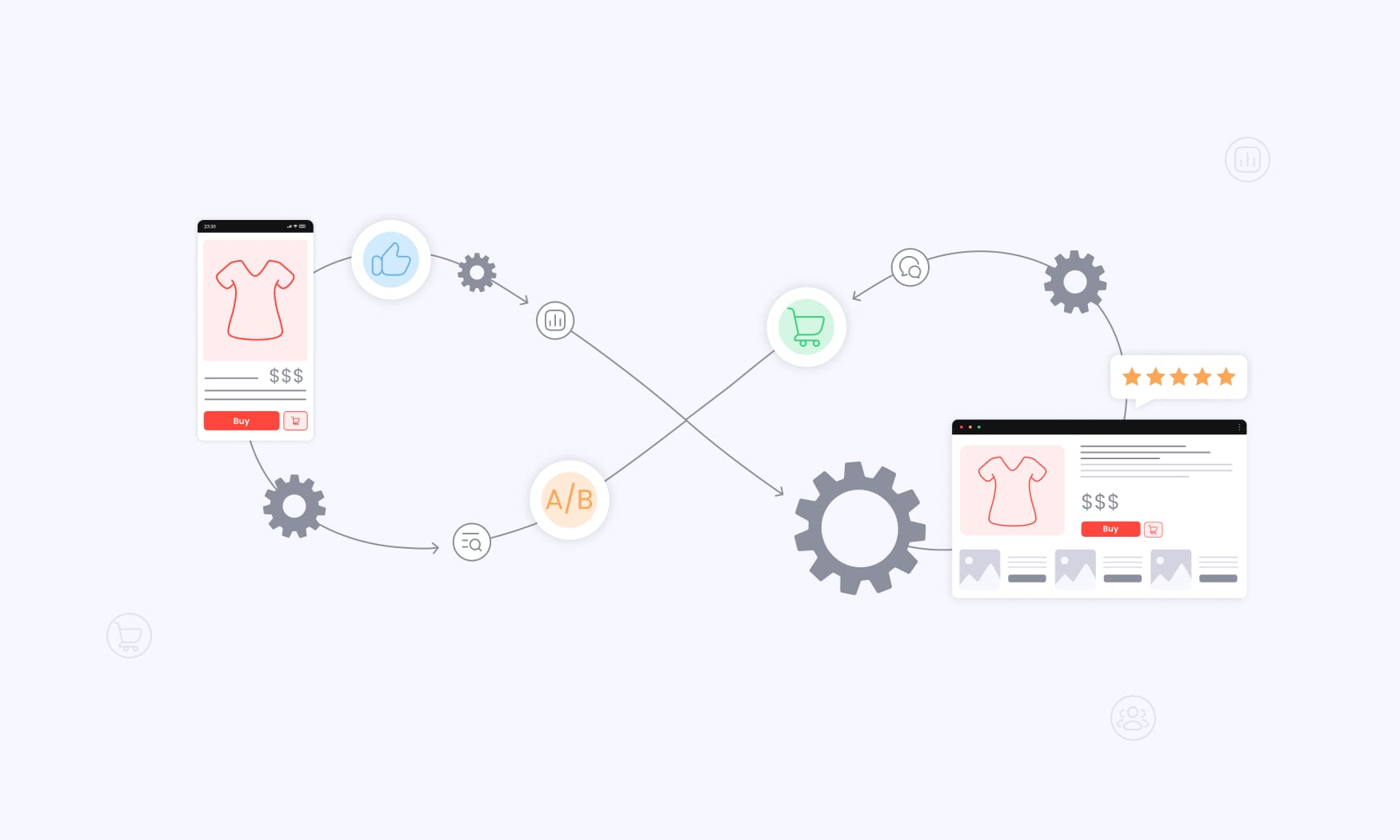
Conversion rate optimization is a process, not a one-time fix, which means you need to constantly test different elements and adjust your strategy based on data.
For example, some page elements may perform differently than originally expected, or new customer behaviors may emerge that require adjustments to your optimization strategy.
Pay special attention to high exit pages and areas where users drop off in your conversion funnel. These represent your biggest opportunities for improvement.
In general, the recommendation is to constantly have at least one campaign that is related to conversion rate – being 1% better every day is 37.78% better each year!
Conclusion – Maximize your revenue with systematic conversion rate optimization
Proper conversion rate optimization is a win-win for everyone involved. You get higher revenue and better marketing ROI, while your customers get an improved shopping experience that makes purchasing easier and more enjoyable.
The strategies we’ve covered, from technical optimization and checkout streamlining to social proof and personalization, work together to increase conversions and boost sales across your entire ecommerce store.
However, managing conversion rate optimization manually across all touchpoints is something we would advise against, because there are only so many variables you can track and optimize simultaneously. Modern ecommerce platforms and CRO tools help you systematically test and implement improvements that drive measurable results.
Whether you’re looking to increase ecommerce conversion rates, reduce bounce rates, or improve your average order value, the key is taking a systematic approach that combines data analysis with user feedback and continuous testing.
Using paid campaigns to drive traffic and new customers? Book a demo with RedTrack, and we’ll show you how you can improve your ecommerce conversion rate in no time!




